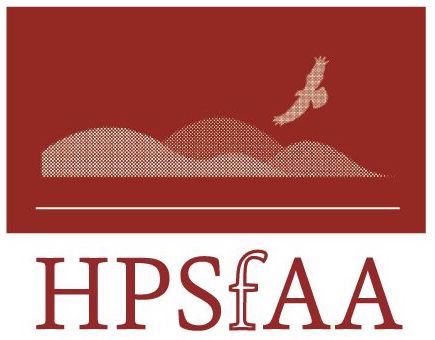We are pleased to be able to present this first volume of The Applied Anthropologist under our editorship. A thirty-year record of publication is significant in any field, and with the changes that have been occurring with electronic media, it is doubly important that we keep pace. This is the first full-scale e-publication to be sponsored by the High Plains Society for Applied Anthropology, and one of the first among peer-reviewed journals of anthropology.
Over the years work by (and about) many of the international leaders in applied anthropology and related social science disciplines has appeared in these pages: Meta Baba, John van Willigen, Robert Hackenberg, John Bodley, Michael Cernea, and Peter Kunstadter are representative. Equally important has been the work of individuals known nationally for their accomplishments: Muriel Crespi, George De Vos, David Fetterman, Tom Greaves, Tony Paredes, and Merrill Singer are representative.
Editors of The Applied Anthropologist and its predecessor, the High Plains Applied Anthropologist, have been particularly pleased to publish the work of researchers, field workers, and activists who are not often in the limelight, yet who have made stellar contributions behind-the-scenes, at the grassroots, or in the classroom. Many have been members of the High Plains Society for Applied Anthropology or other LPOs. Many work outside academia. Some have been members of groups traditionally marginalized or excluded from scientific discourse.
The present volume features the work of applied social scientists and activists who are clearly in the forefront. A complementarity of interests is seen as the articles by Pedro Oliveira and Howard Stein are compared. Both are looking at clinical anthropology through new lens; both rely upon their knowledge of psychology. A complementarity of interests also is seen as the articles by Mark Harvey and Arthur Scarritt are compared. Both are concerned with marginalized peoples and the racialized hierarchies that confront them; both are critical of neoliberalism. All four of these authors are empirically rigorous, as primarily qualitative methods are employed in their endeavors.
Commentaries and integrated sets of book reviews have been a long-standing feature of this journal. The materials included in this volume are exemplary. Riall Nolan tackles the issue of “buried bodies” in the field of development. Why haven’t we, through institutions, been able to translate more of our research into meaningful changes? Whom do we tell? Julie Reyes tackles the issue of a “culture of ethics.” How does this culture emerge institutionally, nurtured by social networks? How can its lessons better be applied by anthropologists? Through a recent book, Walter Littlemoon and Jane Ridgway address boarding school trauma in their recount of a remarkable Lakota life story; Larry Van Horn, Kathleen Sherman, and Kreg Ettenger offer insightful interpretations in turn.
Several colleagues served as peer reviewers for two or more of the articles and commentaries that appear in this volume, and we would like to express our profound thanks: Kreg Ettenger, Ph.D.; Joanne Moore, M.A.; Teresa Tellechea, Ph.D.; Amy Van Arsdale, Ph.D. Moore and Tellechea also serve as Associate Editors.
Please click this link to log in and see the most recent volume of the Applied Anthropologist!
--Peter Van Arsdale, Editor-in-Chief
--Andrea Akers, Managing Editor









